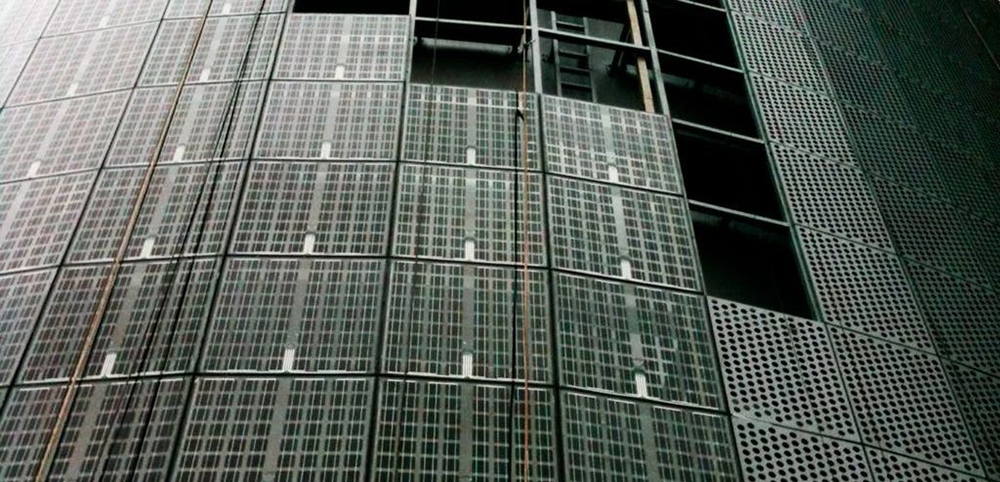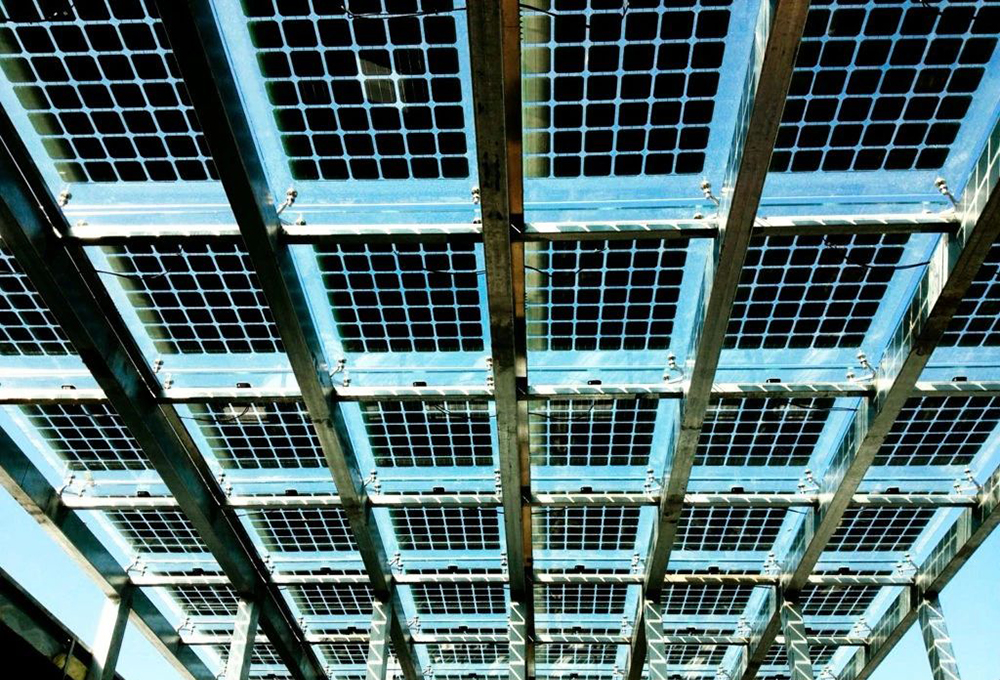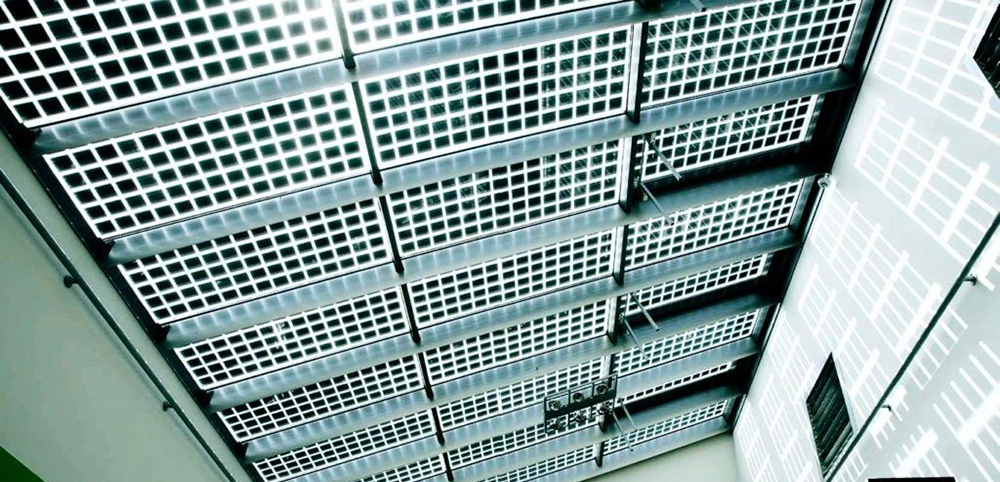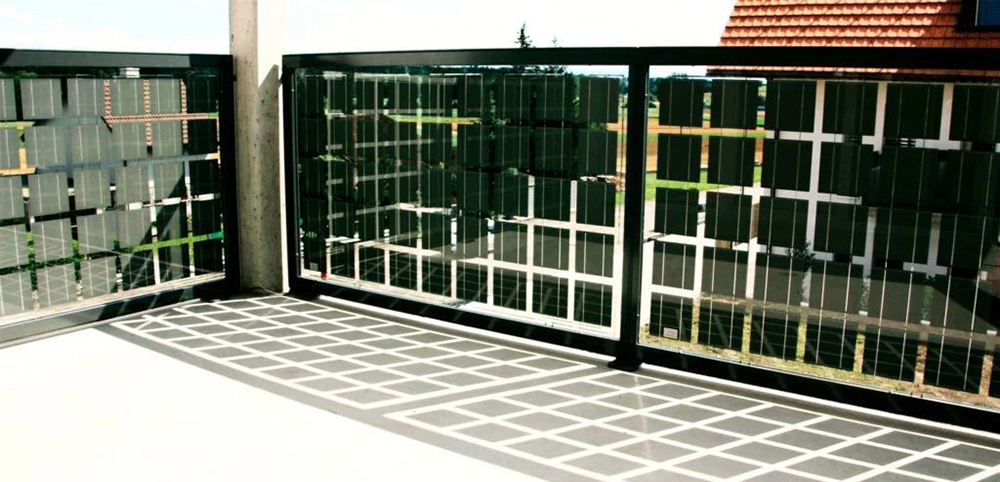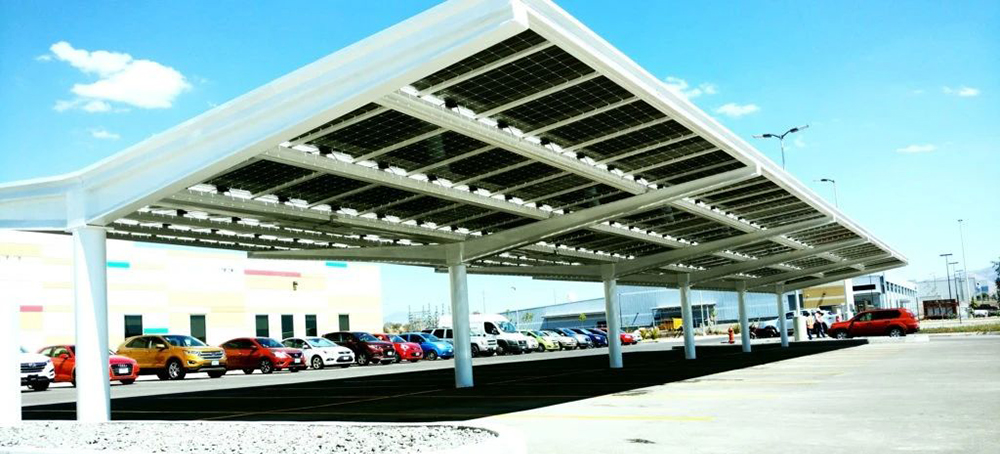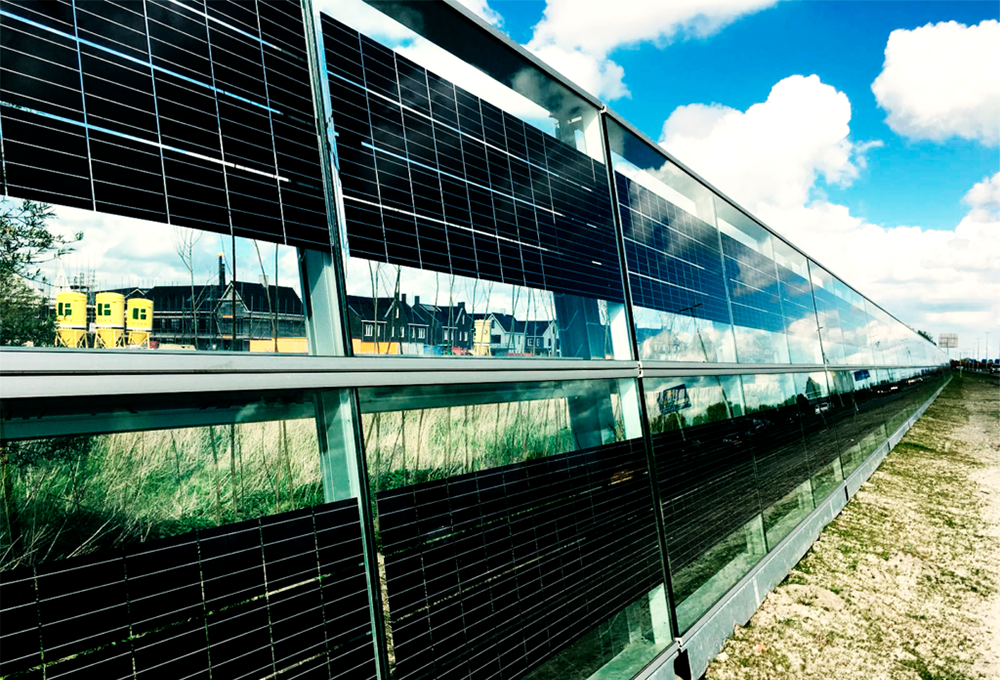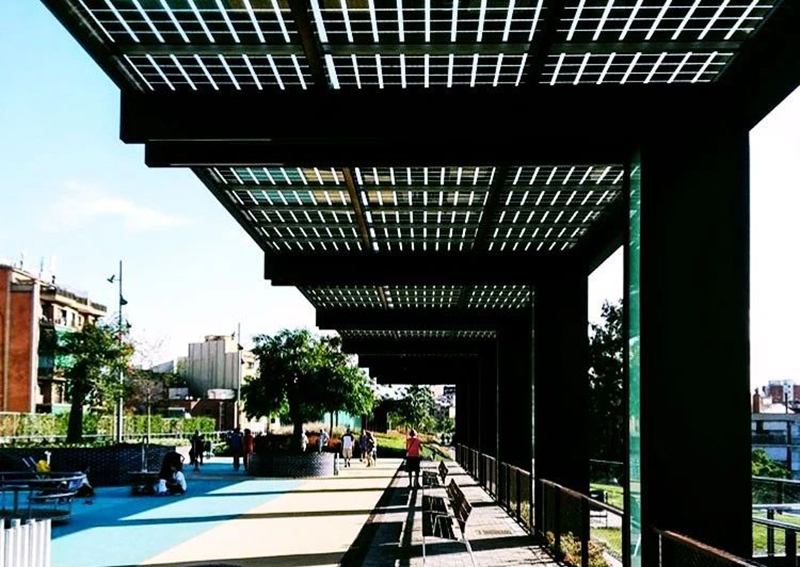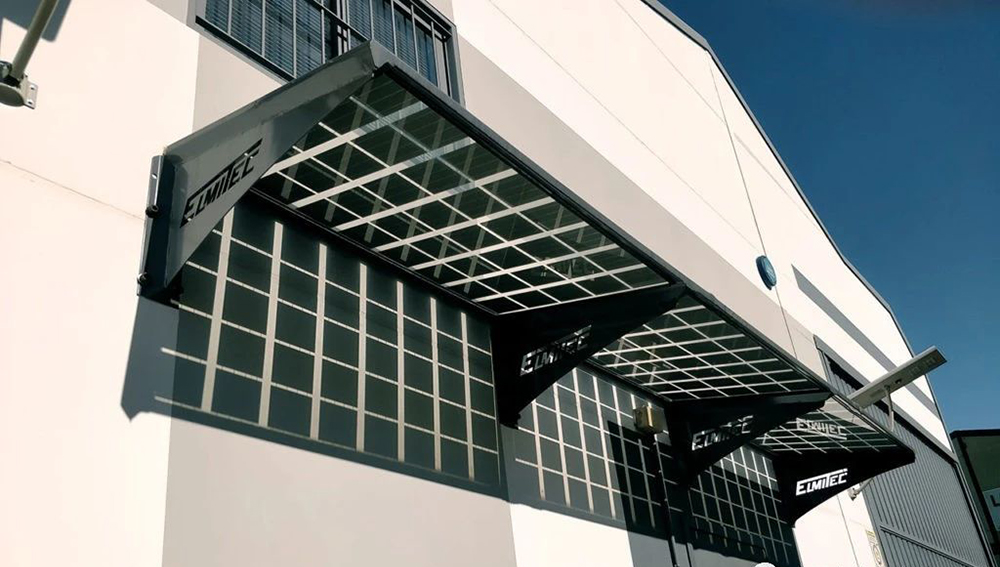Let us introduce various application scenarios of photovoltaics, the future zero-carbon city, you can see these photovoltaic technologies everywhere, and even be applied in buildings.
1. Building photovoltaic integrated exterior wall
The integration of BIPV modules in buildings can be done in a number of different ways and result in a variety of solutions.
The building façade provides visitors with a first view of the building. It is a means commonly used by architects and designers to communicate the idea of the building and the wishes of the client through the language of shape and color. A complex ecological image can be obtained, and the building envelope decoration and photovoltaics are integrated, with a considerable area and high power generation, which is an important strategy for future building production capacity.
2. Roof photovoltaic integration
BIPV modules can form part of the building envelope, such as roofs, facades and glass surfaces.
In photovoltaic roofs, ecology is combined with habitability and efficiency, resulting in eco-friendly buildings that care about the people who live in them.
3. Roof skylight
BIPV solution skylights will allow you to achieve extraordinary visual effects in any building, dazzling space and environment.
The use of the BIPV system in the skylight also gives a unique and elegant feel.
As a translucent roof, they provide thermal, solar, anti-glare and weather protection, as well as selective use of natural light.
4. Balcony guardrail
Photovoltaic balconies allow most surfaces of an apartment or building to be exposed to sunlight, and they are also a way to improve the appearance.
Often characterized by extraordinary elegance, they become architectural elements that we try to emphasize rather than hide the cells that produce energy.
Photovoltaic balconies allow most surfaces of an apartment or building to be exposed to sunlight, and they are also a way to improve the appearance.
Often characterized by extraordinary elegance, they become architectural elements that we try to emphasize rather than hide the cells that produce energy.
5. Greenhouses (sunrooms can also do the same)
A greenhouse is an enclosed space where temperature, humidity and other environmental factors are kept constant to facilitate the growth of crops. They are always located in open spaces where they receive a lot of direct solar radiation.
The metal structure of the BIPV solution solar greenhouse is obtained by repeating the base module whose plan and façade dimensions have been specially designed so that the installation of the photovoltaic system is fully integrated into the whole. Its glass and metal structure is ideal for integrating solar panels and, from an aesthetic point of view, has no impact on the surrounding environment.
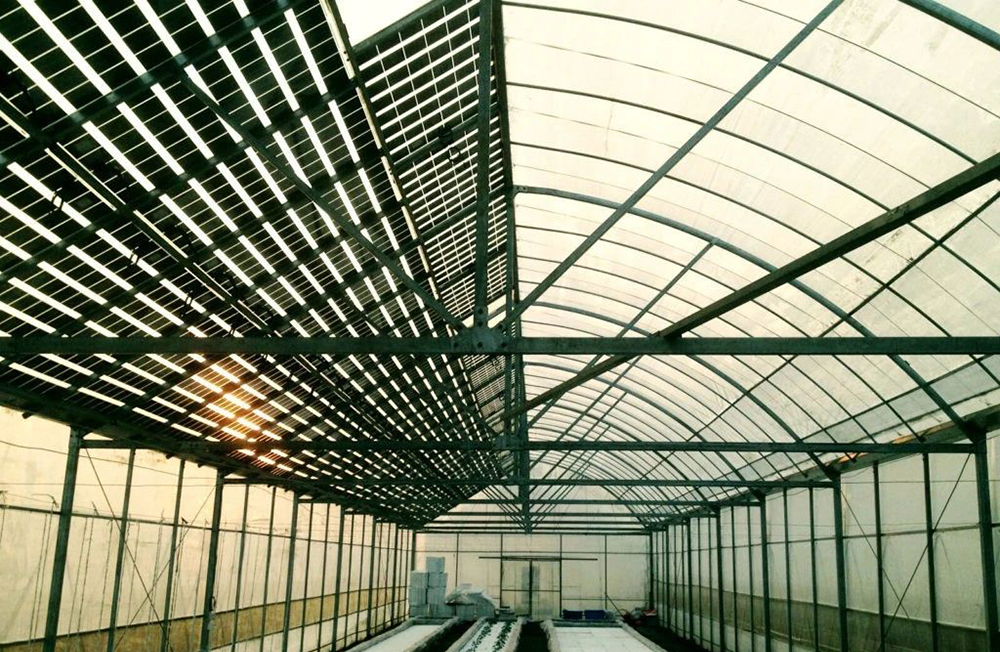
6. Parking shed
BIPV Solutions has developed a design for a photovoltaic car park to take advantage of its protection from meteorological elements, while its surface is used to generate electricity.
Electricity generation has multiple uses, such as charging electric vehicles, self-consumption, thus reducing the electricity consumption of the network.
7. Highway side noise barrier
Integrating photovoltaic modules into noise barriers along highways and railways is an interesting alternative to building integration.
Today, photovoltaic sound barriers (PVNBs) along highways and railways make grid-connected photovoltaics one of the most economical applications, with the added benefit of large-scale plants and without the need for additional ground consumption. As in the case of the building, no land was consumed and the supporting structure was installed.
8. Photovoltaic scaffolding
Photovoltaic trellises are an alternative to traditional building materials to create shadows.
One of the great advantages of BIPV solutions BIPV glass is that, in addition to the clean and free energy generated by sunlight, they also filter UV and IR radiation that is harmful to health.
9. Photovoltaic awning
BIPV photovoltaic panels are the perfect solution for forming eaves, as they constitute a range of active technical glass with electrical energy-generating properties that can be used in new construction and renovations.
These types of solutions are ideal for combining design and function, thus merging design and electrical installation. Thanks to these panels, the eaves were transformed into an integral part of the building’s electrical installation.
BIPV photovoltaic panels are the perfect solution for forming eaves, as they constitute a range of active technical glass with electrical energy-generating properties that can be used in new construction and renovations.
These types of solutions are ideal for combining design and function, thus merging design and electrical installation. Thanks to these panels, the eaves were transformed into an integral part of the building’s electrical installation.
Post time: Jun-17-2022

